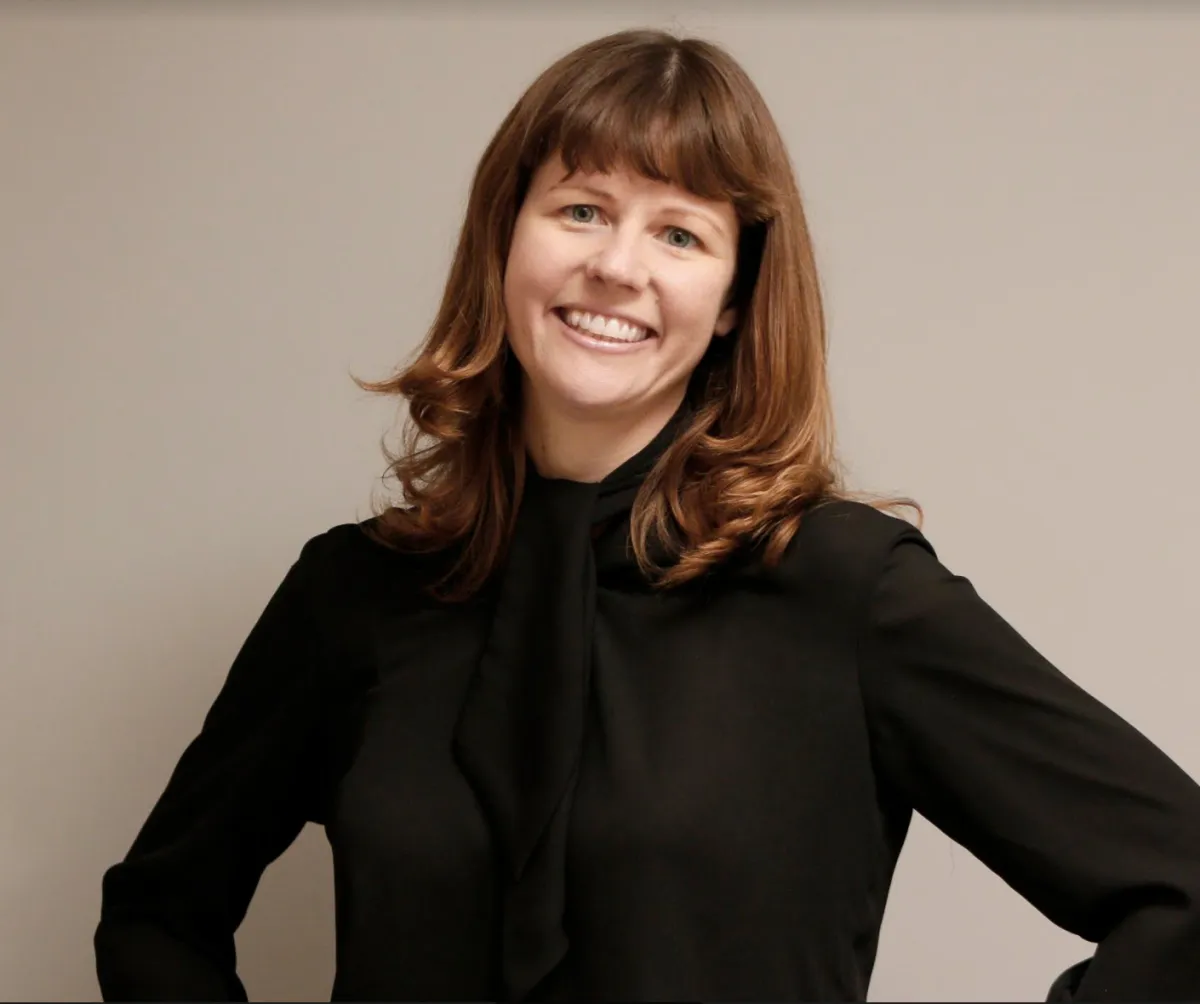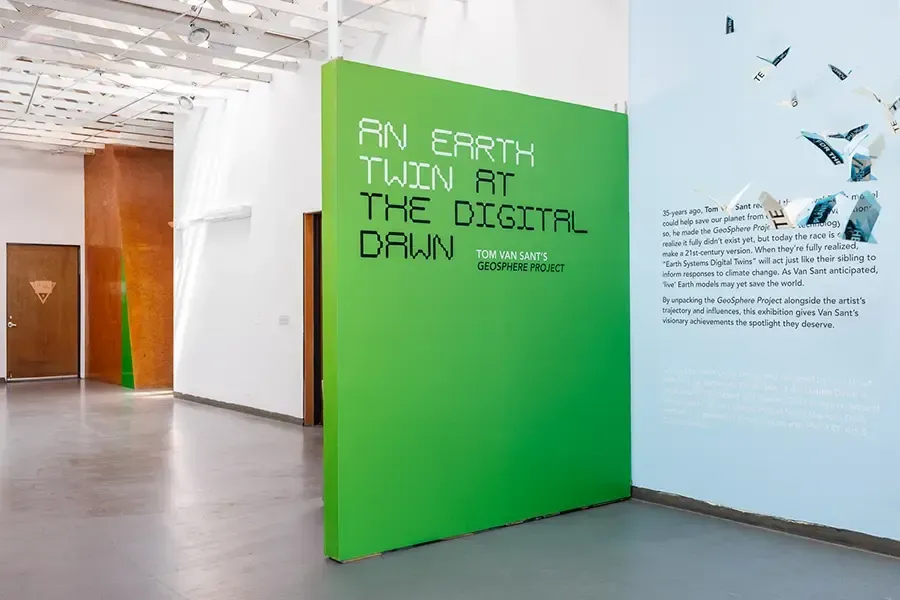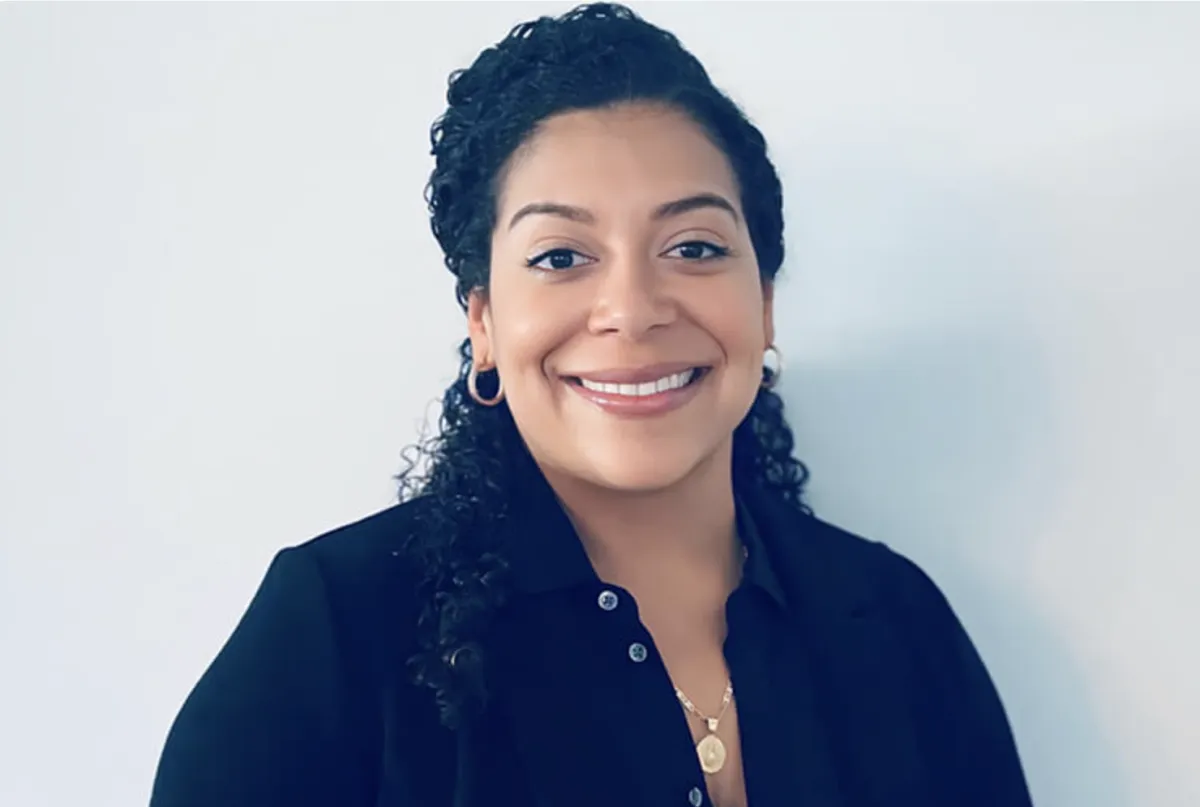A Partner in Your Vision
You’re here because you need a B2C copywriter. No doubt you're looking for someone who can deliver on sales letters, course descriptions, emails, articles, and more.
But you don’t just want a writer.
You want a partner—someone who takes the time to get to know your business, uncover your unique selling proposition, and help you bring it to life on the page.
That’s where I come in.
As your creative partner, I’ll help you build real connections with your audience through content that informs, entertains, inspires—and sells. Whether we’re crafting an email sequence or a blog series, my goal is to keep your voice consistent, your message clear, and your audience engaged.
Here at Word Arcs, I offer you the best of both worlds: the flexibility of a freelancer with the dedication of a team member. Over the years, my clients have praised me for my care, consistency, and follow-through.
Let’s bring your vision to life with words that connect, captivate, and convert.
Meet Your Copywriter

I’m Kate Findley, a B2C copywriter specializing in education, health/wellness, and personal development. I've developed content for a wide range of clients including Brian Tracy, The Great Courses, Keck Graduate Institute, Otis College of Art and Design, Donna Eden, New Mexico Highlands University, the Release Technique, and Kris Dillard.
Having worked on the publishing staff of a literary press, I'm a meticulous editor. I review each piece multiple times before hitting “send” to ensure it reflects my highest standards. While I’m always happy to honor your revision requests, my goal is to minimize your workload by getting it right the first time.
As a fiction author, I understand the power of storytelling to entertain and persuade. To connect with your audience, your company needs to become part of their story—showing how you fit into their world and help improve their lives.
My journalism background has trained me to research thoroughly, distill complex information, and meet tight deadlines. I’ll dive deep into your product or service to uncover your unique selling proposition and give your prospects the clarity and confidence to choose you.
I also bring my teaching experience to the table, delivering writing that educates and engages. My style makes even complex topics feel approachable and easy to understand.
I hold a BA in Cinematic Arts from the University of Southern California and an MFA in Writing from Otis College of Art and Design, where I was a top fellowship recipient. I’m also a past winner of the Monthly Writing Challenge sponsored by the American Writers & Artists Inc. Professional Writers Alliance.
— TESTIMONIALS —
What Others Say
Versatile, Creative, and Hard-Working
“I highly recommend Kate as a copywriter. During her time as a freelance writer at Wondrium, she excelled in writing our weekly newsletter and made significant contributions to our social media channels, YouTube, and content marketing website. With her help, we saw a substantial increase in brand awareness and gained a loyal fan base of subscribers. Kate’s versatility, creativity, and strong work ethic make her an invaluable asset to any team!”
— Rich Bernett
Brand Content Strategist/Creative Director
The Great Courses (Wondrium)
Coordinates With Others to Create Engaging Copy
“Kate wrote a series of marketing landing pages for New Mexico Highlands University. She was able to work with people across multiple offices, including our marketing team, to create engaging, relevant copy to highlight academic and student life at our institution.”
— Sean Weaver
Director of University Relations
New Mexico Highlands University
Generates Brand Awareness, Sales, and Subscriptions
“As a key member of the Wondrium marketing writing team, Kate contributed numerous educational articles for Wondrium Daily, a free content marketing website used to generate brand awareness, long form marketing copy promoting new video courses for our catalogs and website, as well as weekly B2C newsletters. She has a keen sense of how to craft marketing copy from long form video transcripts that enlighten and engage. Without a doubt, Kate’s writing has generated valuable brand awareness, sales, and subscriptions for Wondrium. I highly recommend her for any of your copy project needs!”
— Lisa B
Creative Director
The Great Courses (Wondrium)
.
Gets It Right the First Time
“Copy looks awesome!! The Brian Tracy team had only minor changes and said it was fantastic.”
— Erin Shafqat
Digital Marketing Manager
Brandetize
Enthusiastic, Engaged, and Dependable
“Kate’s enthusiasm for the material is evident in her copy. She follows directions precisely, maintains clear communication throughout the writing process, and delivers the copy in a timely manner.”
— Amber Troska
Marketing Copy Editor
The Great Courses
Impeccable Attention to Detail
“Kate is a great communicator, both verbally and in writing. Her response time is excellent and work product is invariably timely and meticulous."
— Amy Hayutin-Contreras
Partner
Hayutin & Associates
Frequently Asked Questions
Why should I hire you as a copywriter?
My wide range of writing experience on a wealth of topics has taught me how to adapt my style and tone to different audiences. From my background in writing and teaching fiction, I’ve learned how to delve inside the minds of others—in this case, your prospective customers—in order to understand their desires and what makes them tick. My experience in journalism and academia has equipped me with the solid research skills needed to deliver verifiable proof–the real features and benefits of your product. Additionally, I have painstaking attention to detail and am committed to making the final piece the best that it can be. I will communicate with you every step of the way and am open to any suggestions you may have. Your satisfaction is my highest priority.
What is your experience with the education industry?
I have a background in teaching and coaching and come from a family of educators, so I’m well acquainted with the inner workings of the education industry. More importantly, I’ve always had a deep passion for learning and a genuine respect for the institutions that make it possible. This passion comes through in my copy—not just because I’m interested in the subject matter, but because I’m connected to the larger purpose behind the work. For years, I’ve served as a regular copywriter for both The Great Courses and Keck Graduate Institute. My work includes writing and editing articles, course descriptions, and social media content designed to build brand awareness and increase enrollments.
What kinds of assignments do you handle?
Please see my Services page.
How long will it take you to write my copy?
How fast I work depends on the project, but I always leave ample time for research and revision. On average, it takes me about one to three weeks to complete a project—again, this is highly dependant on length and complexity. I will take on rush projects only if my schedule allows and I know I can give you my best possible work. For all projects I do commit to, I assure you that I will hand it in far enough in advance of the deadline to give you peace of mind.
Who are your clients?
I have developed content for a wide range of clients including Brian Tracy, The Great Courses, Eden Method (founded by Energy Medicine pioneer Donna Eden), Keck Graduate Institute, Otis College of Art and Design, New Mexico Highlands University, the Release Technique, and Kris Dillard.
Your services page includes a Copy Critique. What’s that?
A Copy Critique is a review of copy you have already written, including sales letters and website content. I will provide my honest, precise feedback on what’s working and what’s not. While I would not be rewriting the copy for you as part of this service, I will offer you a fresh perspective and help point you in the right direction for conducting revisions.
Speaking of services, what does it cost to hire you for a project?
Fees are dependent on the size and scope of the project and are thus determined on a case-by-case basis. Once we have discussed your specific needs for the project, I will quote you a price based on your Return on Investment.
How do I order from you?
Got a project in mind? Contact me anytime at [email protected] or reach out via the contact form for a no-obligation quote. I look forward to hearing from you!
Featured Projects
From higher ed to health and personal development, I help mission-driven organizations tell meaningful stories that connect, convert, and endure. Below are a few favorite projects—each one built on clarity, voice, and a deep understanding of what makes the audience care.

Otis College Students Install Tom Van Sant Exhibition
I write articles for Otis College featuring successful faculty, students, and alumni. This is an article I wrote on Otis alum Tom Van Sant, who pioneered the GeoSphere Project: the first cloudless, high-resolution satellite composite of Earth and a predecessor to Google Earth.
Brian Tracy: Wealth Building Made Simple
Landing page for Wealth Building Made Simple, a program by Brian Tracy that covers debt elimination, mindset shifts, and building sustainable wealth.


Great Courses: The Architecture of Power
Course description for a 24-lecture series exploring ancient palaces as symbols of power, prestige, and control. From Versailles to Cleopatra’s floating pleasure ship, the course examines how architecture both reflected and reinforced political dominance across empires.
New Mexico Highlands University
Web content showcasing NMHU’s holistic, student-centered approach to education. Emphasizes the university’s close-knit community, hands-on learning opportunities, and scenic location near Santa Fe as key differentiators.


KGI PhD Student Jennifer Maffre Advances Cardiac Treatment
This is one example of the work I do for KGI, where I interview students, alumni, and faculty about their accomplishments and write articles for KGI's website. These articles provide a tangible demonstration of the benefits of a KGI education, making them a powerful form of marketing.
Removing MS Lesions With Energy Medicine
This is a success story featuring an individual who benefited from Donna Eden's Energy Medicine protocols. I interviewed Brianna to learn more about how Energy Medicine helped her overcome her challenges with Multiple Sclerosis (MS).

